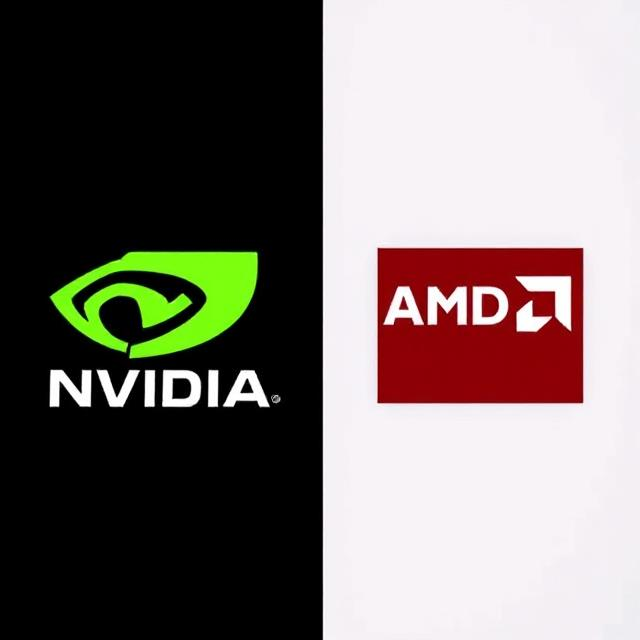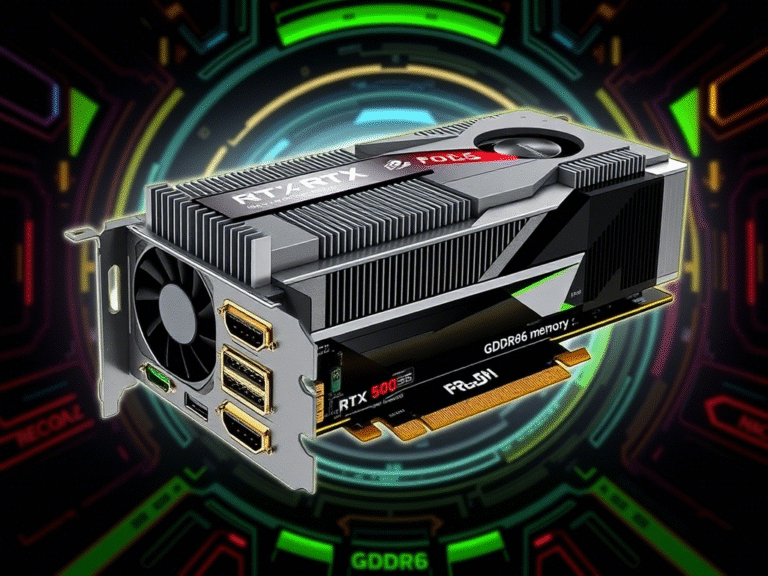NVIDIA and AMD Announce U.S.-Based Chip Production

NVIDIA and AMD Announce U.S.-Based Chip Production
NVIDIA and AMD Launch U.S. Semiconductor Production Amid Tariff Announcements
On April 14, 2025 (U.S. time), NVIDIA and AMD announced the commencement of production at TSMC’s new semiconductor facility in Arizona, just as U.S. President Donald Trump revealed plans to impose tariffs on semiconductors within days. While the timing of the two events may appear coincidental, industry analysts argue that they are closely interconnected.
Dan Hutcheson, Vice Chairman of TechInsights , explained to EE Times : “In short, AMD and NVIDIA are mitigating tariff uncertainty by shifting production to the U.S. Manufacturing domestically eliminates the risk of cost fluctuations caused by tariffs, which directly enhances revenue stability for these companies.”
NVIDIA confirmed in a press release that it has begun manufacturing its Blackwell AI chip at TSMC’s Phoenix, Arizona facility. “Expanding our manufacturing footprint in the U.S. enables us to better meet the surging demand for AI chips and supercomputers,” said Jensen Huang , NVIDIA’s CEO. “This move strengthens our supply chains, improves resilience, and ensures we can continue delivering cutting-edge technology to our customers.”
The decision to produce semiconductors domestically reflects a strategic response to the growing unpredictability of global trade dynamics, particularly amid escalating tariff discussions. By partnering with TSMC’s Arizona plant, both NVIDIA and AMD aim to secure their supply chains while aligning with broader U.S. efforts to bolster domestic semiconductor manufacturing.
On April 14, 2025, AMD CEO Lisa Su announced the commencement of production at TSMC’s Arizona plant , emphasizing the significance of this collaboration. “As a key customer of TSMC’s N2 process, the Arizona plant—Fab 21—is a prime example of how we are closely partnering with TSMC to drive innovation,” she stated in a press release.
The Arizona facility currently utilizes TSMC’s state-of-the-art N4 node , which is approximately two generations behind the cutting-edge N2 node manufactured in Taiwan. The N4 and N2 nodes represent TSMC’s 4nm and 2nm generation technologies , respectively, showcasing the company’s leadership in advanced semiconductor manufacturing.
NVIDIA’s $500 Billion AI Infrastructure Commitment
In a bold move, NVIDIA has announced plans to develop up to $500 billion worth of AI infrastructure in the U.S. over the next four years. This initiative will be achieved through strategic partnerships with Asia-based suppliers, including TSMC , Foxconn , Wistron , Amkor Technology , and SPIL .
This commitment aligns with President Trump’s vision of revitalizing high-tech manufacturing in the United States. By fostering domestic production capabilities, NVIDIA aims to meet the surging demand for AI-driven technologies while reducing reliance on international supply chains.
Apple Joins the U.S. Manufacturing Push
Further reinforcing this trend, Apple announced in February 2025 that it would invest over $500 billion in the U.S. over the next four years to manufacture servers supporting its AI service, Apple Intelligence .
Apple’s decision to become TSMC’s largest customer at its Arizona plant, announced in January 2025, underscores the company’s dedication to reshoring critical manufacturing operations. This move not only strengthens Apple’s supply chain resilience but also accelerates the realization of President Trump’s goal to bring advanced manufacturing back to American soil.
The announcements from AMD , NVIDIA , and Apple highlight a collective effort to bolster U.S. semiconductor manufacturing and technological innovation. By leveraging partnerships with global leaders like TSMC and investing heavily in domestic infrastructure, these companies are paving the way for a new era of American tech leadership.
This coordinated push not only addresses current geopolitical and supply chain challenges but also positions the U.S. as a hub for cutting-edge AI and semiconductor development in the years to come.






